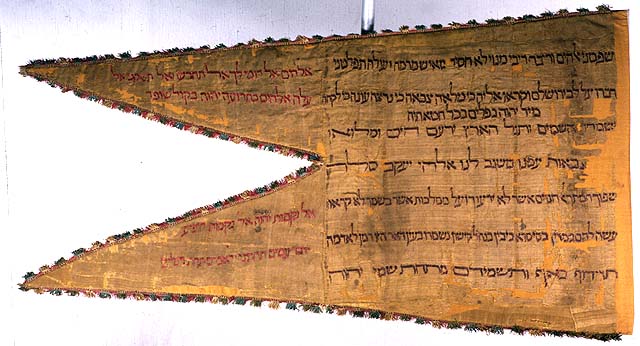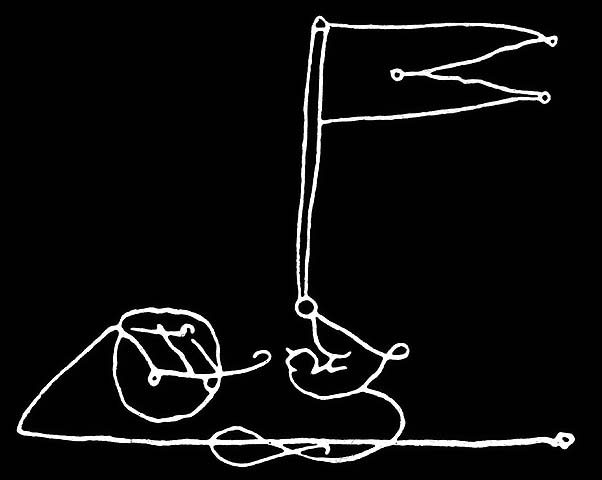The forced conversion and deportation of the Jews of Spain and Portugal at the end of the 15th century were a dramatic shock wave for the Jewish society people, as one of the main Jewish centers was wiped out almost overnight. Many Jews either escaped to other places or converted to Christianity and became new Christians. Some Jews chose to maintain their Jewish identity secretly – those were the “conversos”. All these events resulted in yet one more significant implication; that hard period also saw a messianic awakening and anticipation to the upcoming salvation.
Those were the circumstances under which Diogo Pires was born in Lisbon in 1500, just eight years after thousands of Jews expelled from Spain filled Portugal. In 1500, the Portuguese king forced the Jews to convert and at the same time kept them from leaving the country, realizing what a valuable economic and political asset they were. Thus he forcibly formed a large group of converted Jews, such as Pires’ family. Pires was raised a Christian though apparently was well aware of his Jewish origin. He integrated very well into the elite of Portugal and served as an official in the royal court.

The turning point occurred in 1523; a person called David HaReuveni arrived at the court. No one knew exactly where he came from, some said he was an Ashkenazi, others claimed he came from Arabia. He used to change his life story on a regular basis and had several changing identities. Sometimes he claimed to be a descendant of King David, yet in other times he originated from the Ten Lost Tribes – and lots of other tales and versions. HaReuveni had military aspirations, certainly not typical to a Jew at those times. He tried to persuade Christian rulers to establish an army for him, so that they could conquer together the holy land from the hands of the Muslims.
Pires was deeply affected by the encounter with HaReuveni. Within just a few days he decided to return to Judaism fully and openly. He changed his name from Diogo Pires to Shlomo Molcho, and performed a self-circumcision. The king of Portugal was deeply disturbed by this violent act of self-injury, and Molcho had to flee the kingdom to the Balkans. The new name he chose for himself was not random, Shlomo being the king who built the temple, and the family name (literally “reign”/”king” in Hebrew) indicating his domination aspirations. Diogo Pires’ metamorphosis was now completed; Shlomo Molcho came instead of Diogo – a young Kabbalist with messianic tendencies, who started to calculate the end of days.
Within just a few years, Molcho has become a recognized – and to some extent, admired – figure among Jews. Though rabbis announced he was not a scholar, he did seem to have a significant body of knowledge in Kabbalah. He made prophesies about the salvation, predicting it would start in 1530 in a few stages. He foresaw the fall of the reign of Rome, that is, of Christianity. In that period the Ottoman Empire was getting stronger, so that Molcho’s messianic vision had some realistic basis.
In 1530, a crucial year in Molcho’s prophecy, he decided to move to Rome and meet with pope Clement the 7th in the Vatican, the same pope who previously met with David HaReuveni, who failed to persuade him to establish a military force under his command. Molcho hoped to do better this time, and came up with a designed banner with verses on it, implying to his military messianic aspiration. Once again he offered to set a Jewish-Christian army in which conversos would serve, to conquer the holy land from the Ottomans in the name of the pope. The pope was not keen to consent, however he was very impressed by the charismatic young man. Clement the 7th allowed Molcho to spread his ideas and prophecies officially, but warned him against making any anti-Christian publicity.
Reinforced by both rabbinical approval and a papal approval, Molcho felt he could now raise much more support. At the same time, though, his opposers multiplied, especially Jews who felt he was a dangerous man and began to refer to him a false messiah. At the same time, he became embroiled with European politics, as in the 16th century papacy was not only a religious institution but also a political and military factor, with many enemies. Two political entities were rising against the pope – the state of Venice and the Holy Roman Empire. The Jews of Venice did not care much for Molcho and soon did not hesitate to turn him in to the local inquisition, from whom he was released after the pope himself intervened. Captured once more, this time by the Holy Roman emperor, he was forced to convert to Christianity, but refused and was burnt at the stakes in 1532, thus bringing a nine years brilliant career of a charismatic 32 years old man whose name was known to every Jew, king, rabbi and pope, to an end. In spite of his early death, Molcho has deeply influenced generations of Kabbalists.

The execution of Molcho strengthened the religion confidence in the upcoming salvation for many people. Rabbi Yosef Karo, author of Shulchan Aruch, apparently met with Molcho when the latter was in Greece, fleeing from Portugal. After Molcho’s death, Karo wrote in his journal that his life ambition is to earn the same sacred fate as Molcho’s and burn on the Christian stakes for the sake of the Jewish people. Molcho was a young charming man whose life story drew many Jews to believe salvation was near, thus affected an entire generation from the Jewish elite, who later became the Safed Kabbalists, who changed the Jewish world beyond recognition.